Passengers and cargo will soon be able to shoot through the Egyptian desert aboard a high-speed train, in a first for the country
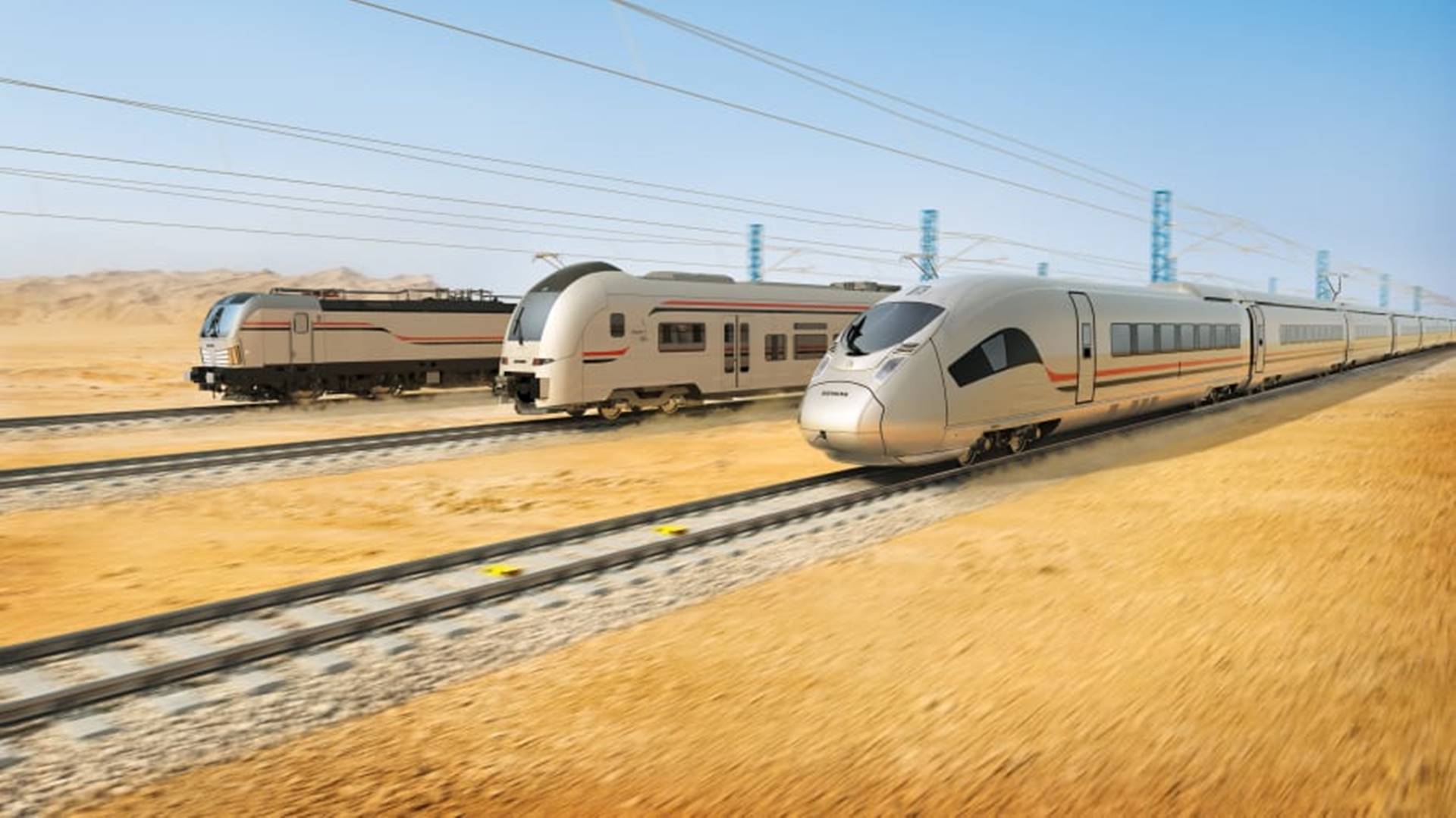
The high-speed and electrified main rail line will connect Cairo to the New Administrative Capital and surrounding new cities.
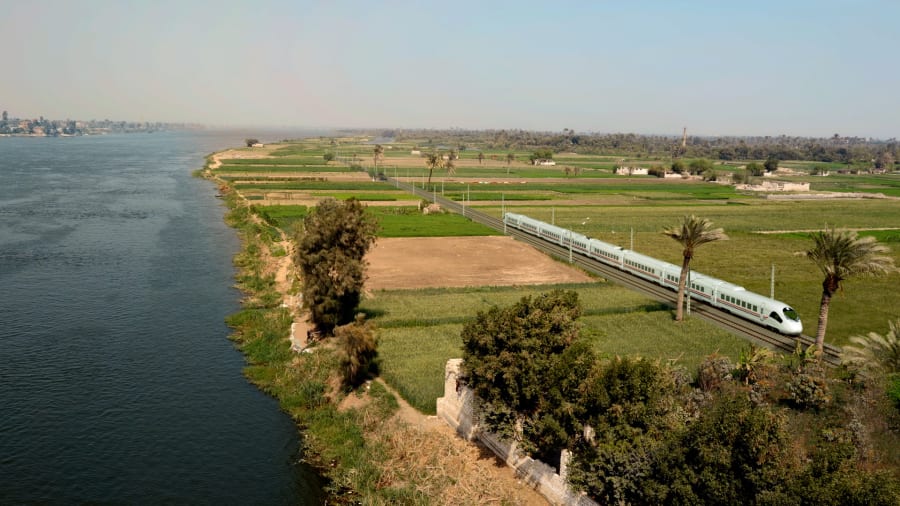
German company Siemens Mobility signed a contract with Egypt’s National Authority for Tunnels (NAT) earlier this month to build the initial 660 kilometers out of the planned 1,800-kilometer network, creating “a Suez Canal type of link on the tracks.”

The first line will link the port cities of Ain Sokhna on the Red Sea to Marsa Matrouh and Alexandria on the Mediterranean. According to the company, the first section of this line will be operational in 2023.

Siemens, which is partnering on the project with Orascom Construction S.A.E. and The Arab Contractors, says the total contract is worth around $4.5 billion, of which its share is approximately $3 billion.
A ‘Suez Canal on tracks’
Egypt’s population is over 100 million, having more than doubled since 1980. Cairo, with a population of around 20 million, is sprawling into the surrounding desert.
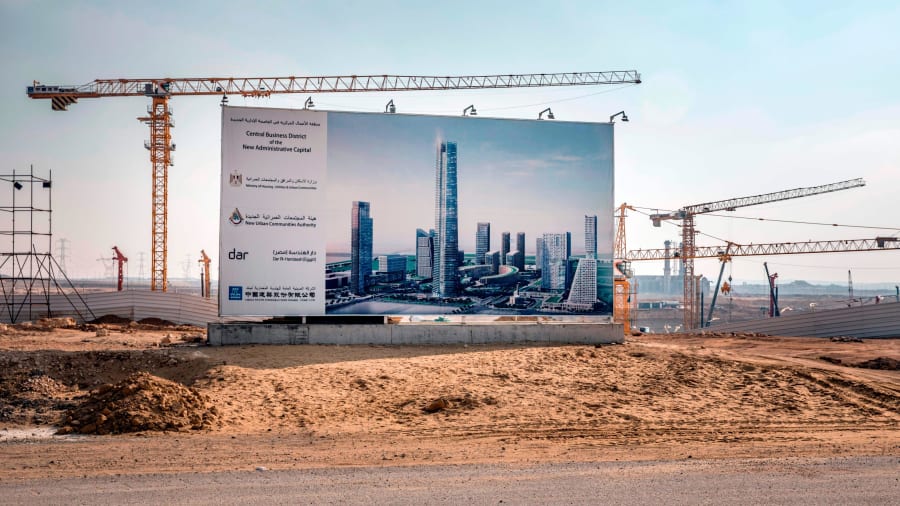
To cater to that growth, the fast train fits within a wider set of infrastructure spending in Egypt, including its new capital 30 miles east of Cairo.
“[The train] will cut traveling times and it will make rail the most effective choice of travel,” Micheal Peter, Siemens Mobility’s CEO, tells CNN. “In Egypt, the population is growing, the economy is growing — so it will attract a lot more traffic and the question is which type of transportation will people and goods use.”
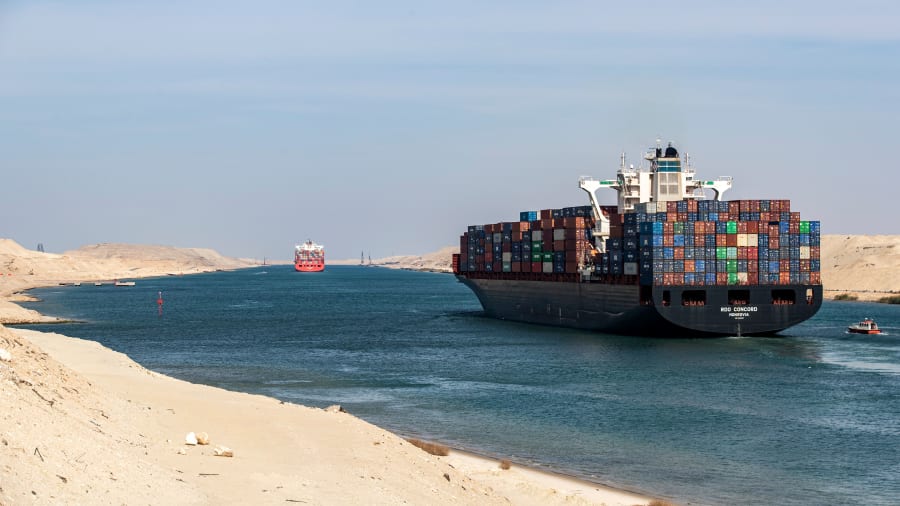
According to Siemens, the connection will transport more than 30 million people per year and will cut travel time by as much as 50%, while also increasing freight capacity by 15%.
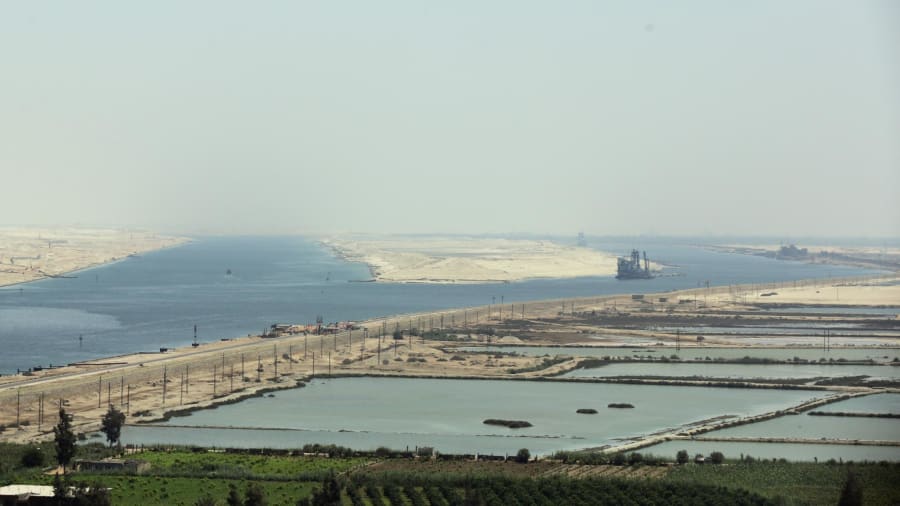
“The high-speed train will strengthen the infrastructure of the areas it passes through and help achieve urban sprawl,” said Kamel El-Wazir, Egyptian minister of transport, in a press release.
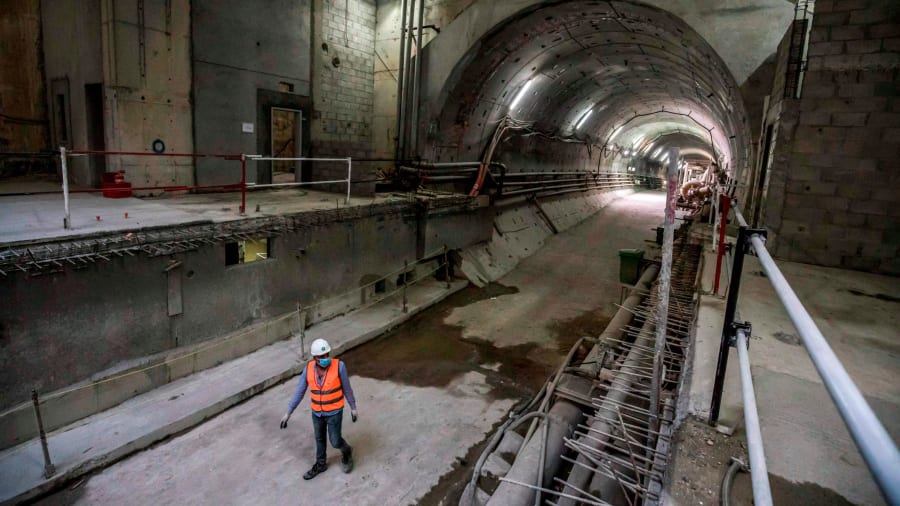
The hope is the line will also help promote tourism — an industry the country relies on heavily.
A mega project
Siemens Mobility says it will provide the core technologies — high-speed trains, commuter trains, and rail infrastructure — while NAT will build the civil structure, such as tunnels and bridges. To complete the project, it says 15,000 local jobs will be created.
“Completion should be somewhere around 2027,” says Peter. “We have good experience in executing these types of megaprojects.”
In addition, Siemens says the electrified system will cut carbon emissions by 70%, compared to the current emissions from car and bus transportation.
Peter says that Siemens will sign contracts to build the next two lines in the network, connecting the Greater Cairo region with Aswan, and Luxor via Hurghada to Safaga.
“This first line is only part of the whole thing,” he says. “I foresee a signature very soon.”
Napomena o autorskim pravima: Dozvoljeno preuzimanje sadržaja isključivo uz navođenje linka prema stranici našeg portala sa koje je sadržaj preuzet. Stavovi izraženi u ovom tekstu autorovi su i ne odražavaju nužno uredničku politiku The Balkantimes Press.
Copyright Notice: It is allowed to download the content only by providing a link to the page of our portal from which the content was downloaded. The views expressed in this text are those of the authors and do not necessarily reflect the editorial policies of The Balkantimes Press.
